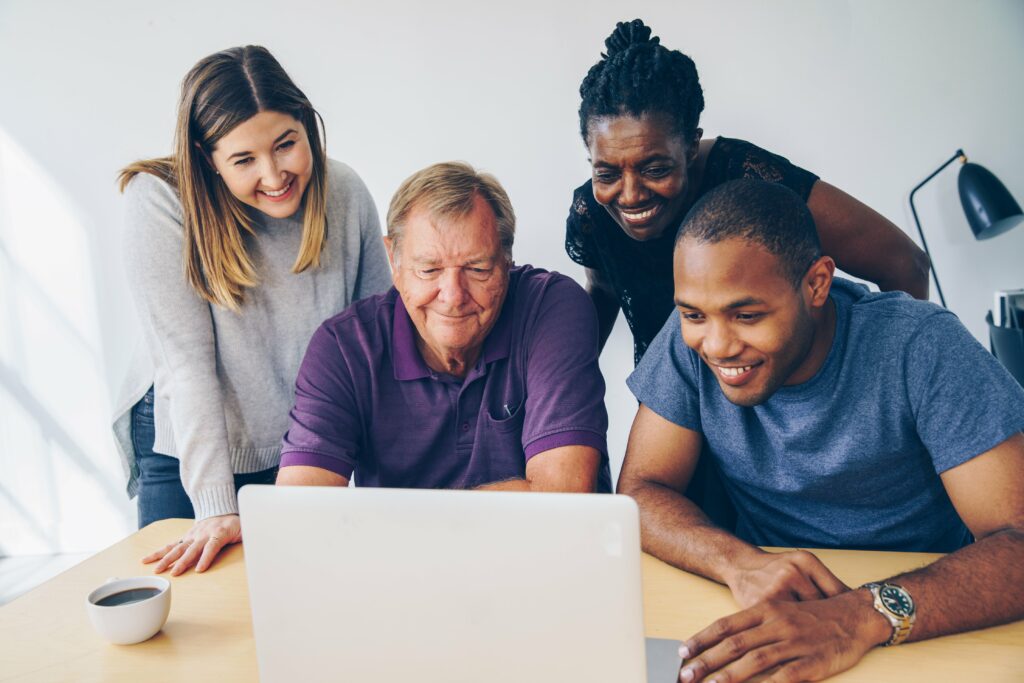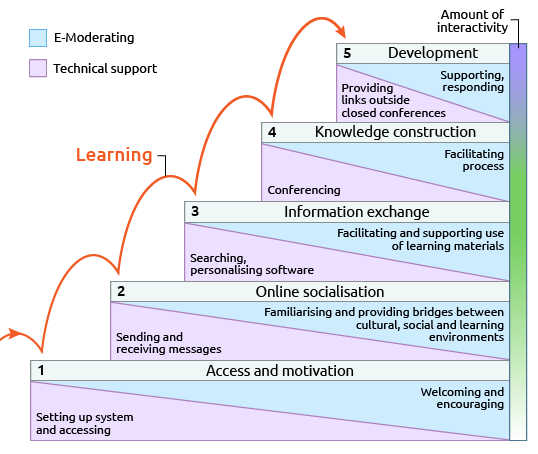After several weeks of learning collaboratively in the PBL group, the course has finally come to an end. The ride was demanding, time-consuming, and required considerable effort. Nevertheless, the knowledge and experience obtained are invaluable and priceless. The activities and discussions were generally well organized. I admired the level of engagement and diversity of the groups. As I complete the course, I ask myself the following questions:
What did I learn?
What did I like most about the course?
What aspects of the course I would use in my future teaching?
Before dying to reflect on what I learned, I should note that I started this course with a traditional pedagogy mindset and I am leaving with a progressive or revolutionary pedagogy mindset. A major takeaway for me is online learning can be fun, engaging, interactive, and connect people. The activities in my PBL group were hands-on learning tools for me to understand how I can use an unconventional but effective approach to acquiring knowledge. I use the term unconventional only to mean it is an approach different from the traditional approach. What I appreciate the most about the course is the potentials of open learning, sharing knowledge, collaborative and network learning, and how these modes of learning can be effectively applied using a blended or hybrid setting which requires digital literacies. I liked the last topic particularly Elmore’s four learning modes teachers can assume. I hope to move from the hierarchical individual to the hierarchical collective quadrant for my teaching, while the distributed collective quadrant will be ideal for my research work.
I intend to use some aspects of ONL and the problem-based learning concept in my courses. Some colleagues equally welcomed the idea of incorporating some aspects of ONL in their courses. Concerning aspects of the course I admired, I liked the idea of facilitating students’ transition from digital visitors to digital residents by achieving the requisite digital literacies regarding particular digital tools relevant for their learning. Also, I liked the idea of open learning in general. I have already started incorporating aspects of ONL in my courses. For example, I have included some lectures from YouTube and other sources as part of the course literature. I have also begun sharing my recorded lectures on an open platform for other students to use their learning. I equally plan on developing a collaborative learning approach for my seminar courses by designing assignments that make use of the FISh model and that emphasize group over individual goals. I equally plan to introduce some form of blended learning. However, I am sceptical about incorporating hybrid learning since I tried it before, and it was demanding and required more attention for both students in class and online. Overall, through this course, I experienced the possibility of having fruitful, engaging, and fun online learning experiences.




